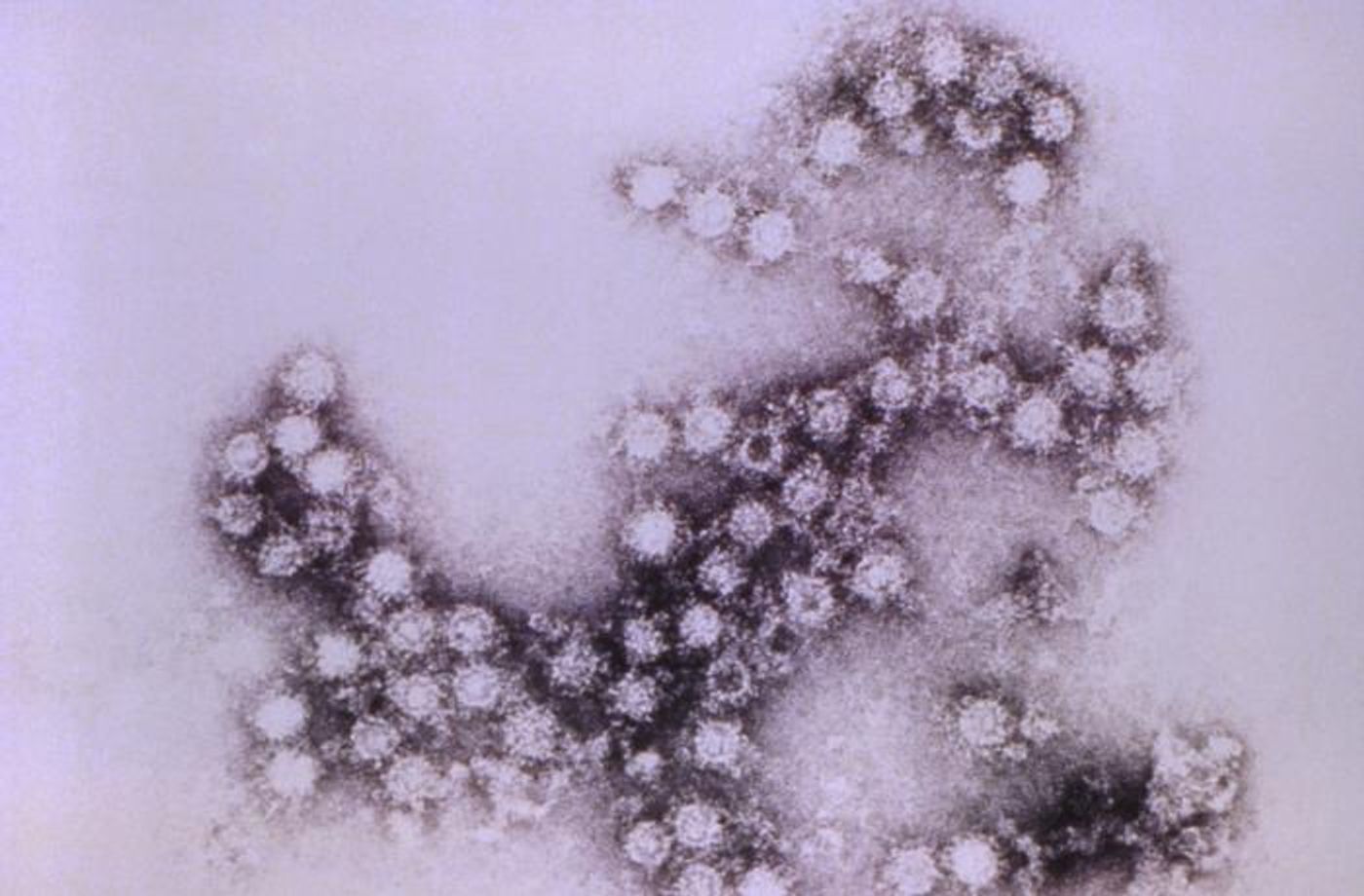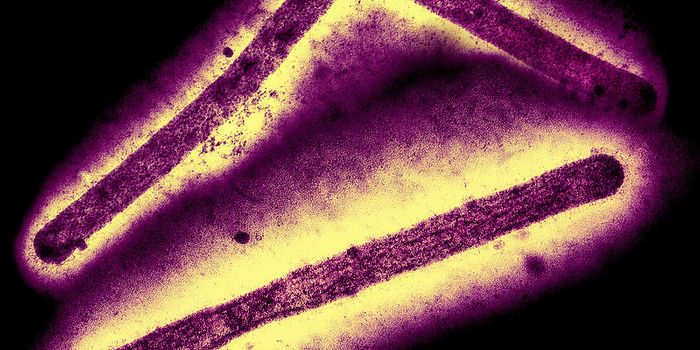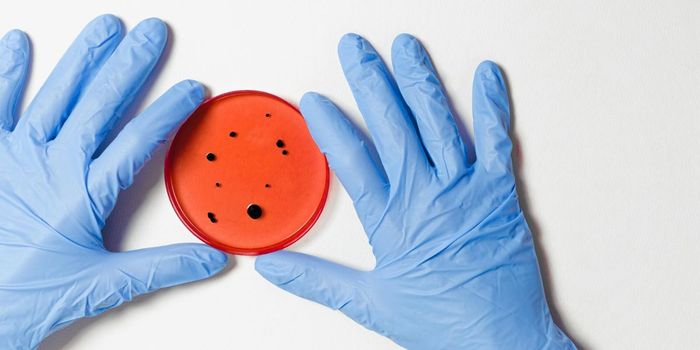Vulnerability in Famously Hard-to-Target Viruses is Identified
The cold virus is a type of rhinovirus, which cause millions of illnesses every year, and can play a role in the development of asthma. Enteroviruses are serious pathogens that include the viruses that cause polio, encephalitis, and meningitis. Both rhinoviruses and enteroviruses are in the picornavirus family. Now scientists have identified a vulnerability in picornaviruses that can help researchers design therapeutics to combat them, some of which are famous for being difficult to treat and prevent. The findings have been reported in PLOS Biology.
Picornaviruses have small structures, with a capsid coating containing an RNA genome. They enter the body through the mouth and nose; rhinoviruses cause infection in the nasal passages and throat, while enteroviruses can survive a trip through the stomach to take up residence in the lower intestine.
In this work, the researchers found a candidate antiviral drug that stabilized a model of the picornavirus. Using cryo-electron microscopy, they were then able to analyze the three-dimensional structure of the picornavirus in complex with the drug, and get a look at the biochemical mechanism of the drug’s effect.
Creating therapeutics that target these viruses is challenging because their genomes can change so rapidly. The researchers are hopeful that the structure of the pocket they’ve found is so crucial to the virus, it will be something that doesn’t change much, or if it does, it makes a far less dangerous or non-viable virus. If that is true, then a drug targeting that pocket might remain useful for a long time.
The work to create such therapeutics continues. "These results open up a new avenue for the design of broad-spectrum antivirals against rhinoviruses and enteroviruses, both of which are major human pathogens," said the senior author of the report Johan Neyts of the University of Leuven, Belgium.
Learn more about how picornaviruses invade cells and reproduce from the video.
Sources: AAAS/Eurekalert! via PLOS, PLOS Biology



![[Guide] 7 Strategies to Boost Laboratory Collaboration](https://d3bkbkx82g74b8.cloudfront.net/eyJidWNrZXQiOiJsYWJyb290cy1pbWFnZXMiLCJrZXkiOiJjb250ZW50X2FydGljbGVfcHJvZmlsZV9pbWFnZV83YzBjZWIwM2Y5YzI4MmFlYzBhZDZhMTcyNTQ1ZGU3YmE4Y2MzMDYyXzUxNDkuanBnIiwiZWRpdHMiOnsidG9Gb3JtYXQiOiJqcGciLCJyZXNpemUiOnsid2lkdGgiOjcwMCwiaGVpZ2h0IjozNTAsImZpdCI6ImNvdmVyIiwicG9zaXRpb24iOiJjZW50ZXIiLCJiYWNrZ3JvdW5kIjoiI2ZmZiJ9LCJmbGF0dGVuIjp7ImJhY2tncm91bmQiOiIjZmZmIn19fQ==)






